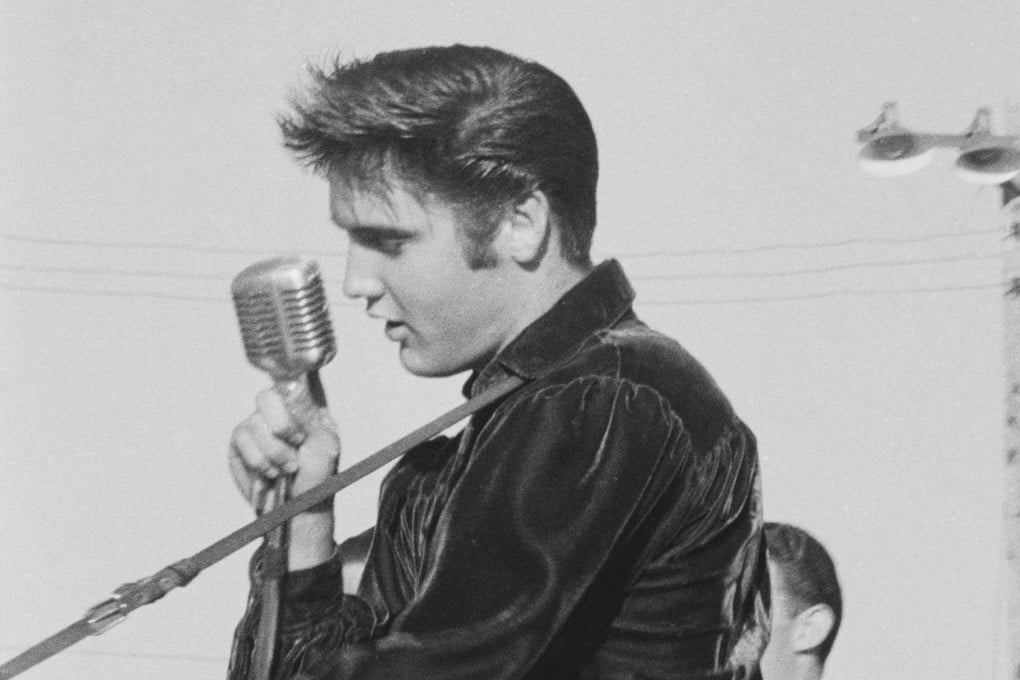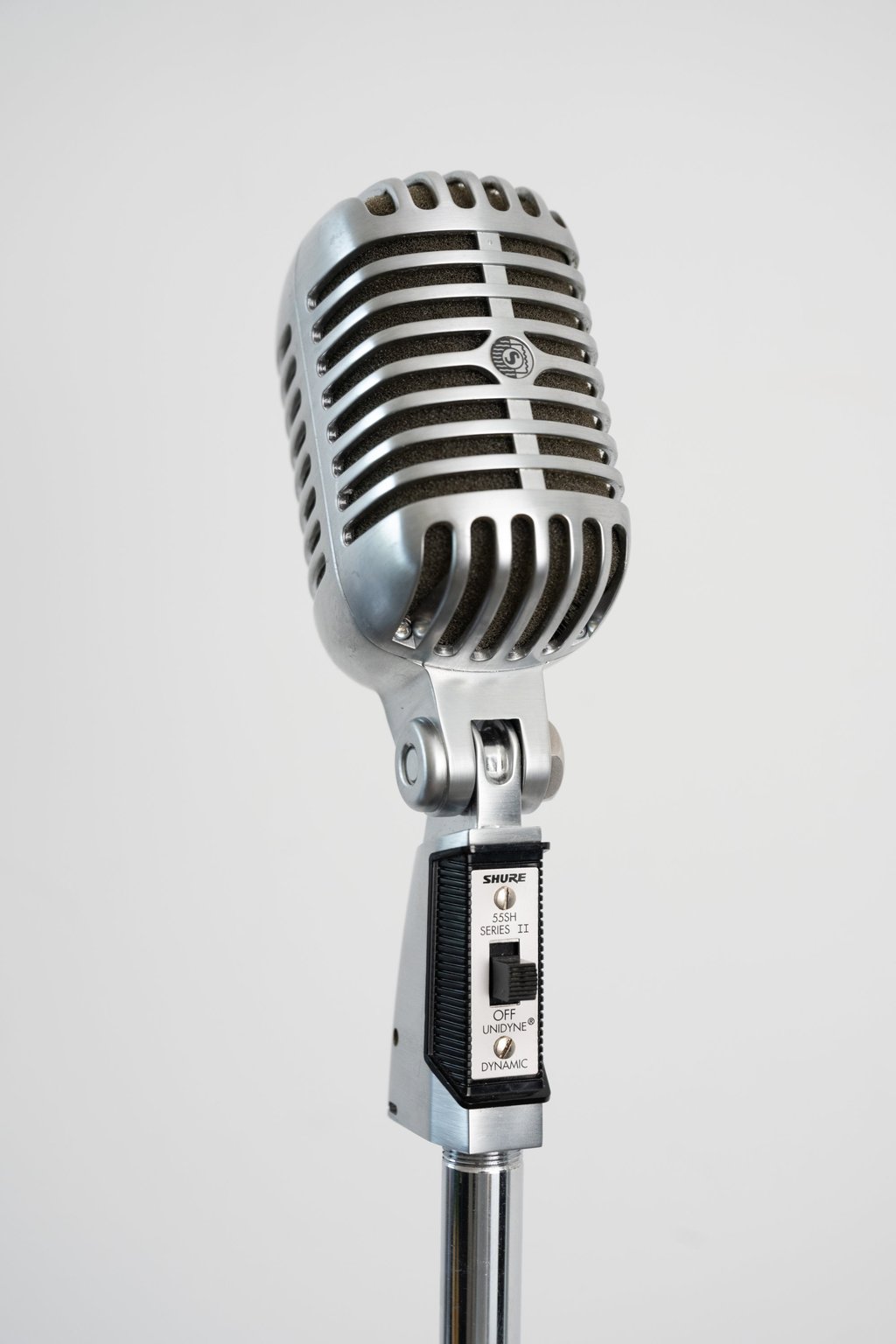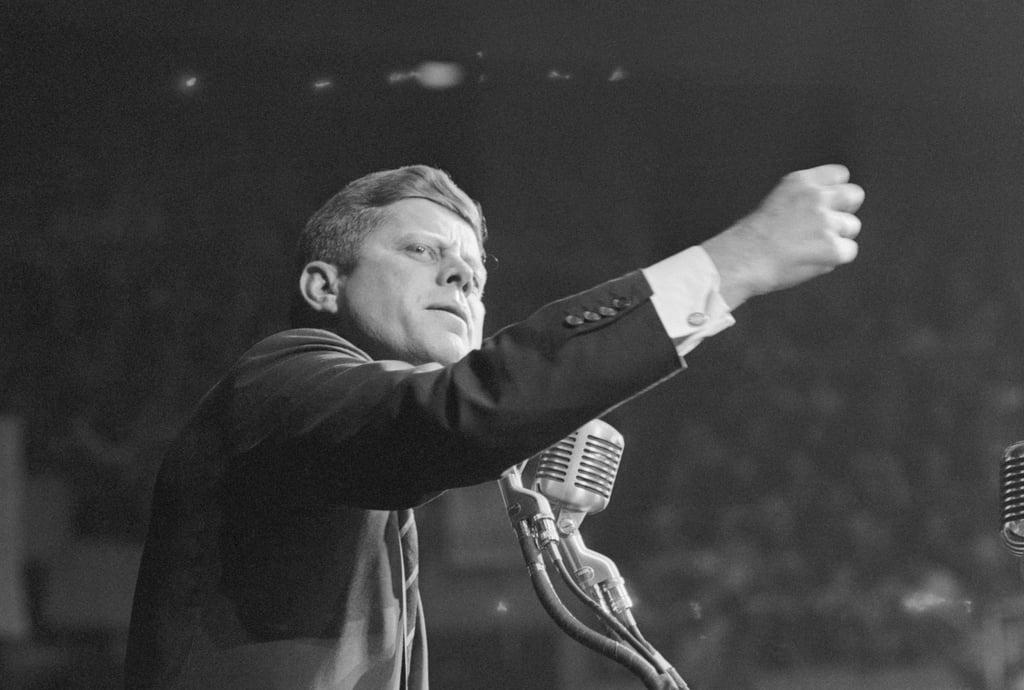Microphone of the stars? Why the ‘Elvis Mic’ has been favoured by singers and public figures since 1939
The Shure Unidyne 55 microphone has been a favourite of musicians and public speakers since 1939 – from Elvis Presley to Metallica, and from John F. Kennedy to Martin Luther King

Spare a thought for roadies, those long-suffering, behind-the-scenes folks responsible for ensuring that everything flows trouble-free once the star takes the stage. The last thing they want are any surprises, like malfunctioning equipment, such as tuneless organs, snapped guitar strings or staticky microphones. Unsurprisingly, they like backups for their backups.
When Martin Luther King took the stage to give his “I Have a Dream” speech, his lectern was already covered with at least eight random, clamped-on microphones. But one of those roadies probably thought “Hmmm, better not risk it!” and dragged over a stand with a Shure Unidyne 55, just to be sure.
The futuristic, streamlined Unidyne 55 was launched in 1939 and immediately became the gold standard for orators and musicians. Still in production, although its technology has had some upgrades over the years, it remains unchanged in body and soul.

Before the Model 55, mics were either fragile and required an independent power source or not much more effective than a megaphone. The Unidyne was prized for its unique ability to amplify forwards without taking in any unwanted noise from behind the mic. Singers loved it for its clarity, speakers for its precision. It reduced the feedback from PA systems and had less reverberation and background noise for broadcasts and recordings. Its marketing boasted “wide-angle coverage with excellent high-quality response yet … dead at the rear”.

It wasn’t perfect – there were better-sounding mics out there – but generally they were extremely expensive, unwieldy, hard to maintain and fragile. Typically, they would be anchored to the ceiling, hanging down in front of the singer. That was acceptable for a recording studio, where everything stayed in one place, but up on a stage, there was no competition for the compact Shure. And the 55’s streamlined diecast aluminium housing was durable and could survive the beating of a road show.